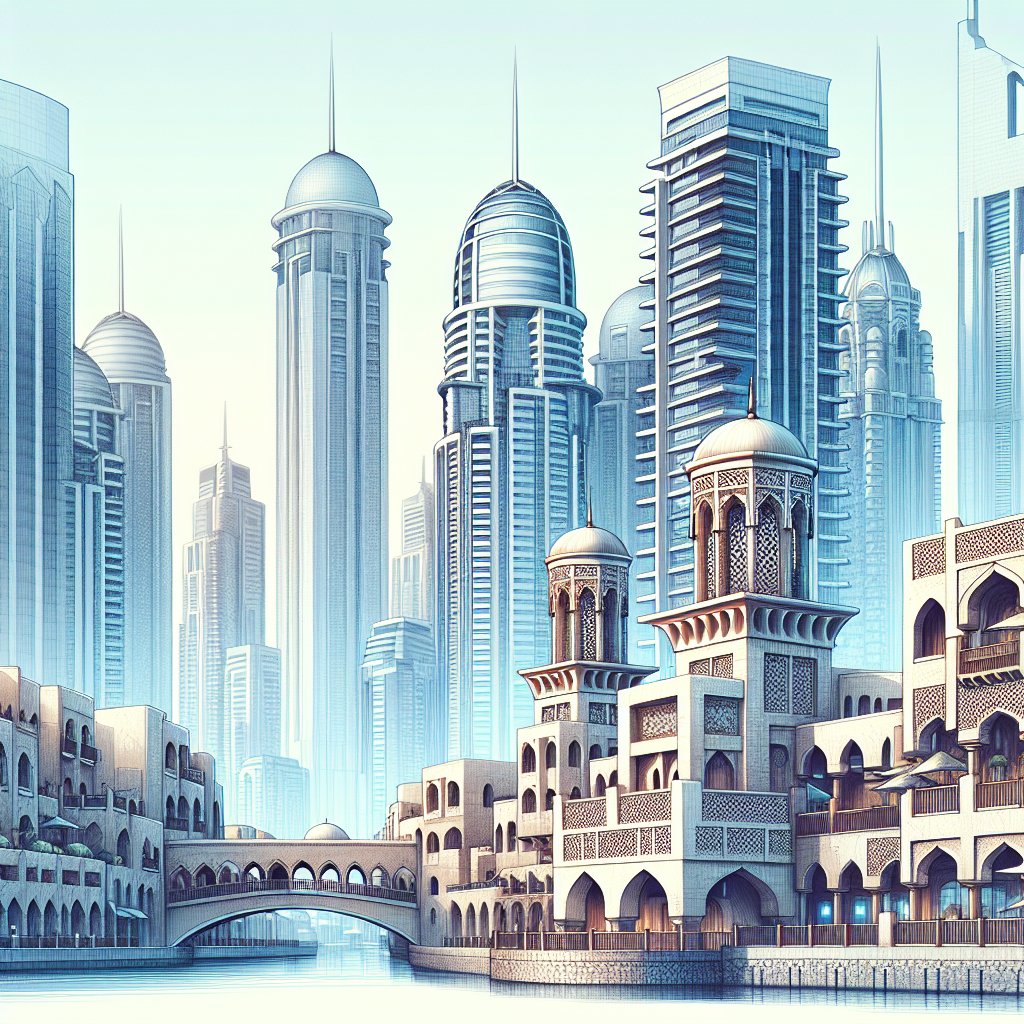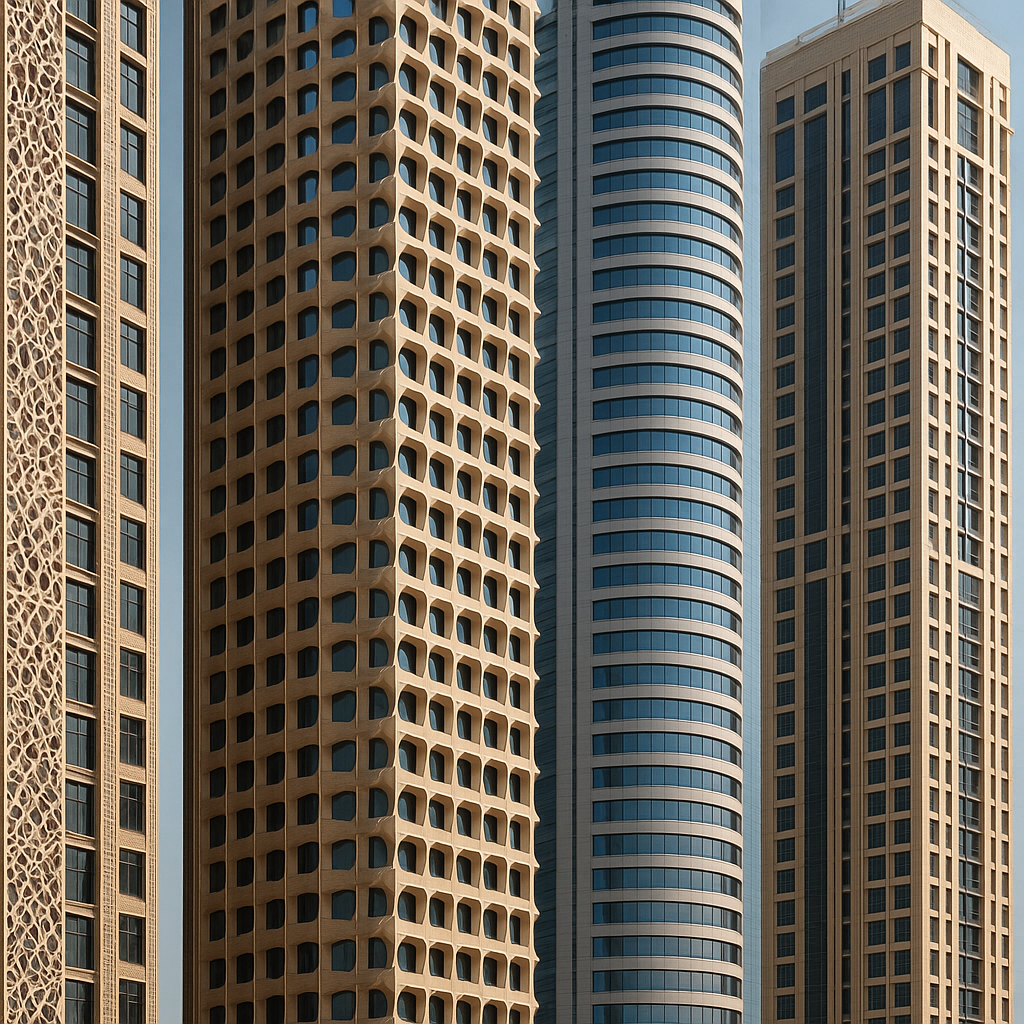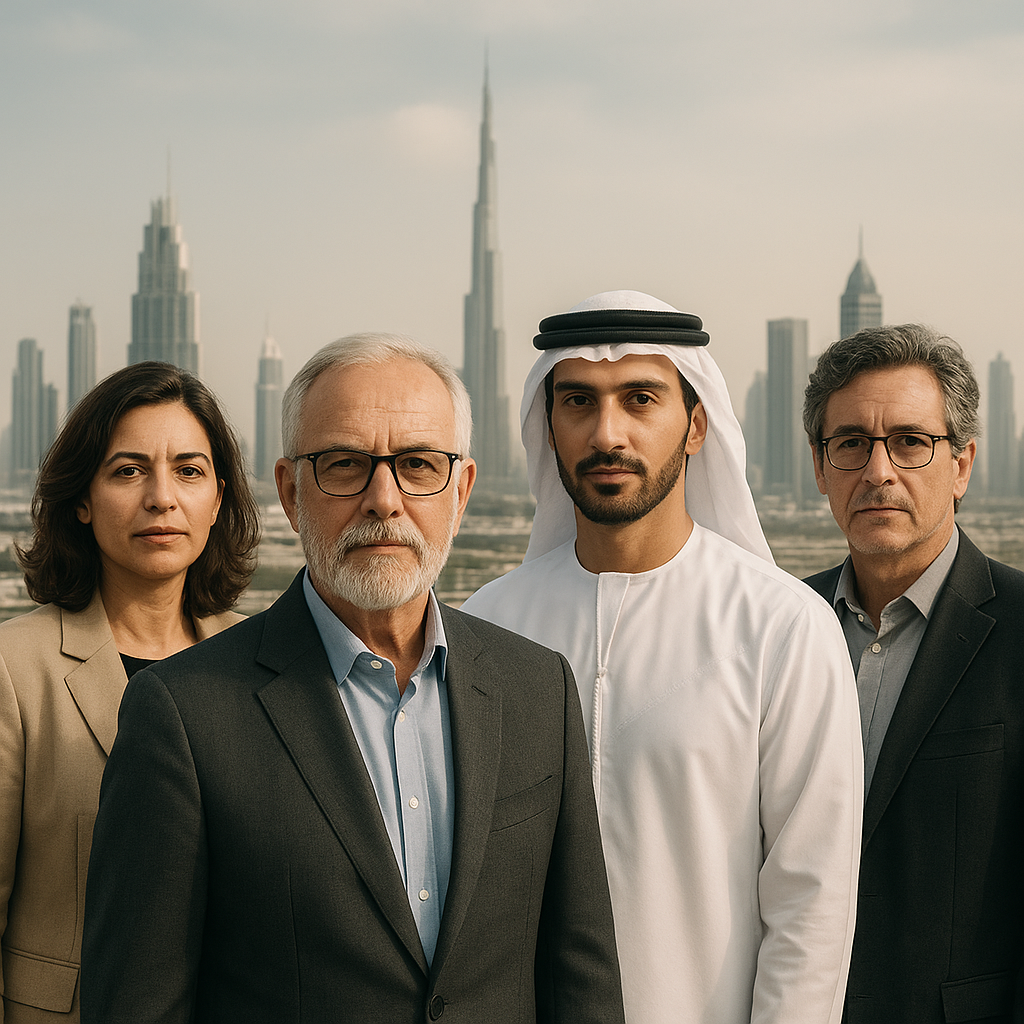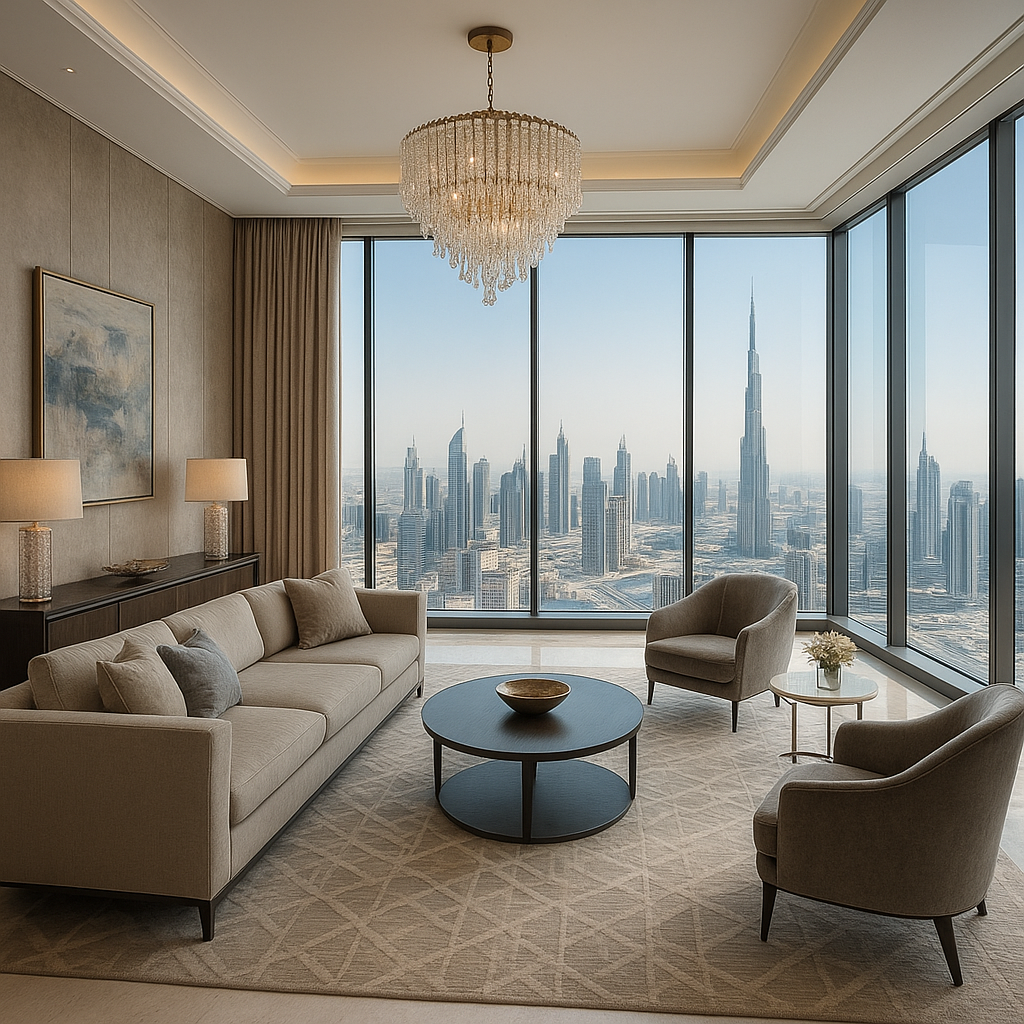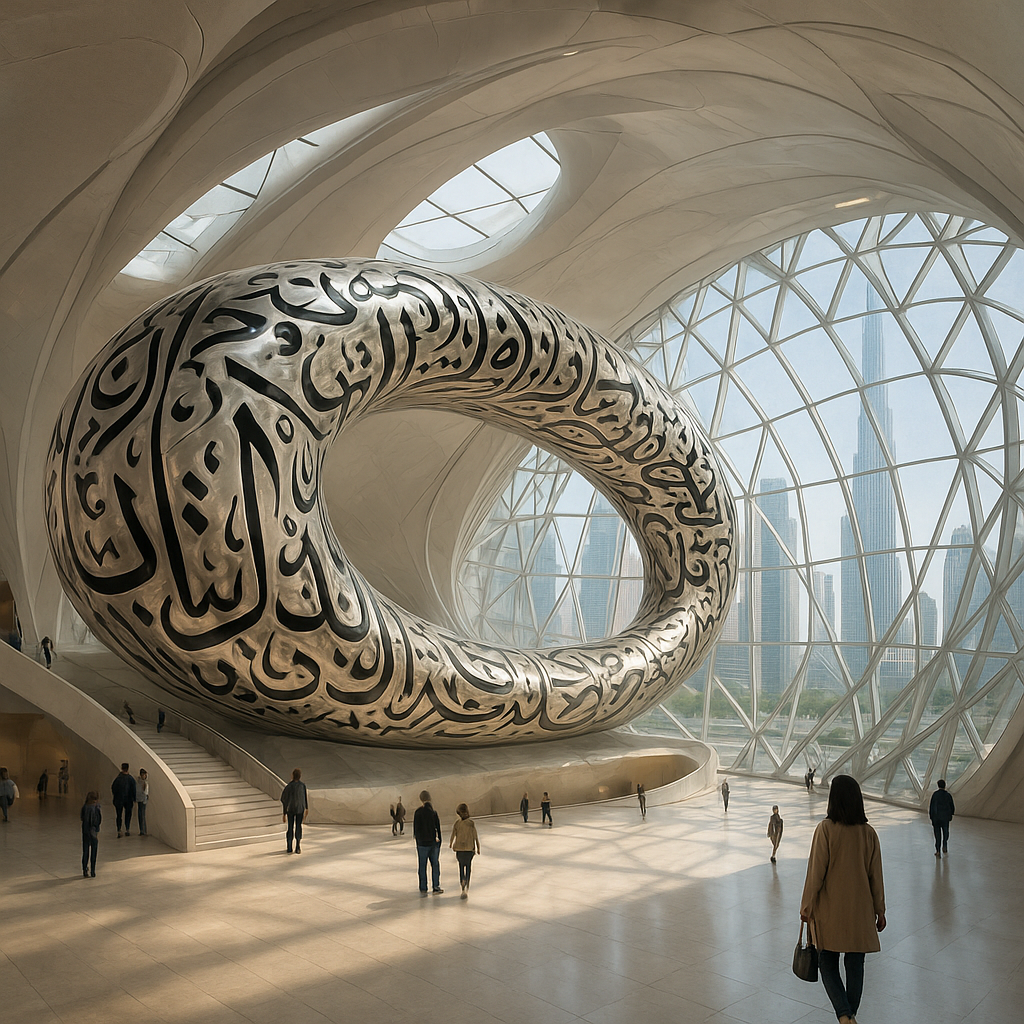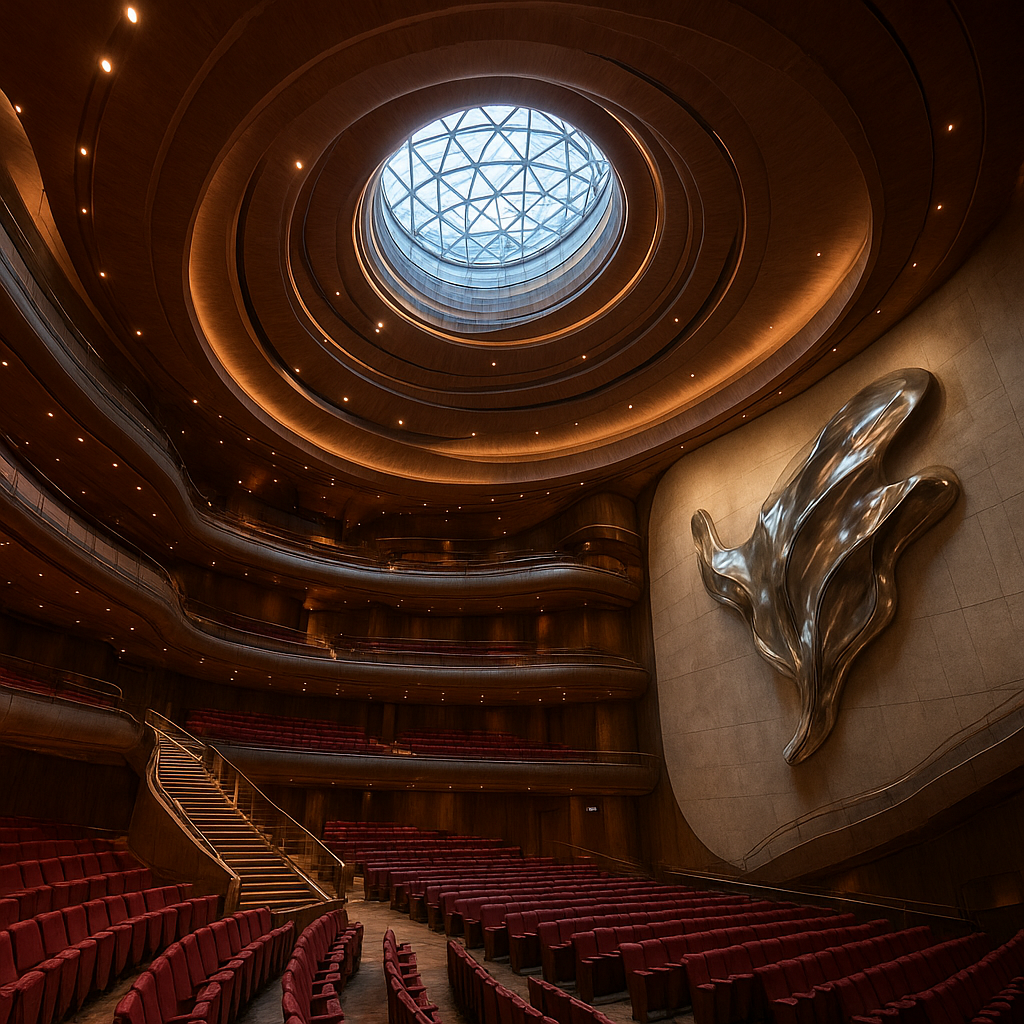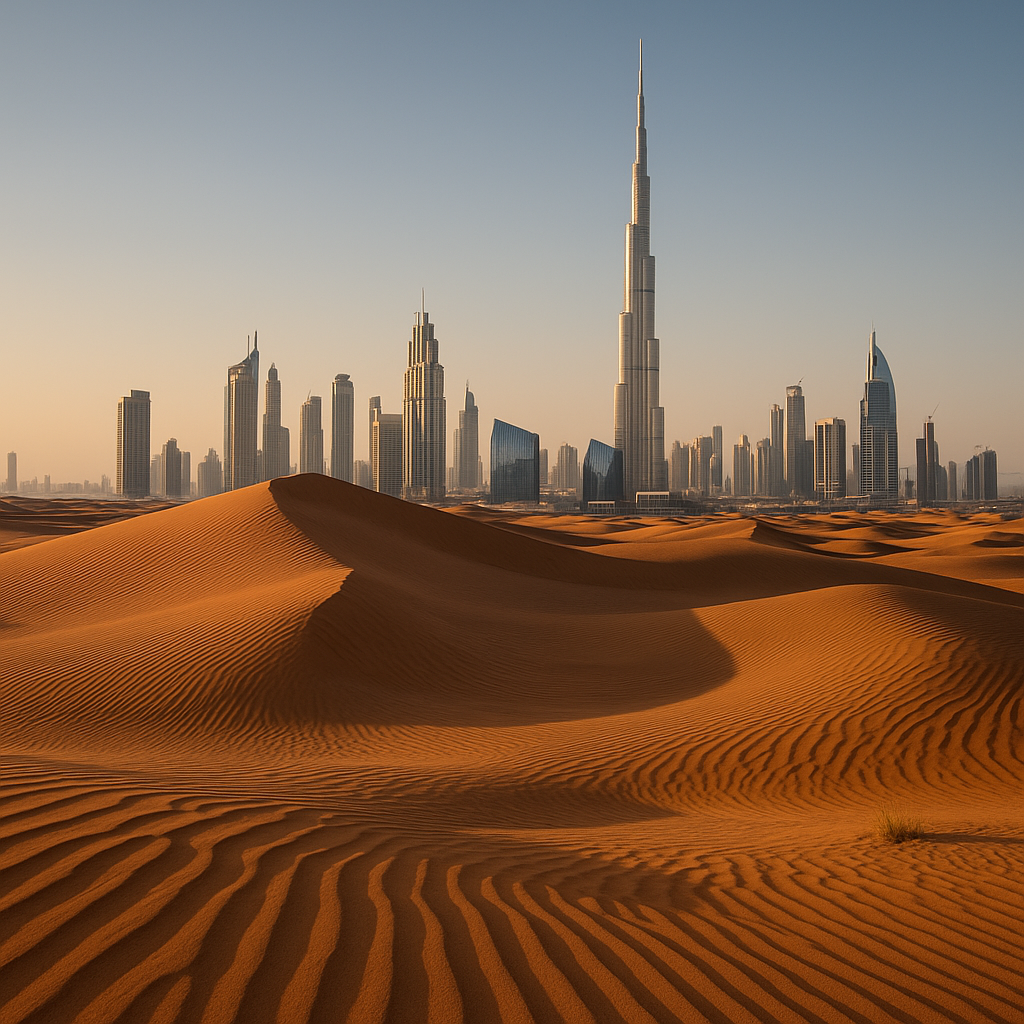Dubai, a city renowned for its opulence and futuristic skyline, offers a fascinating blend of tradition and modernity, particularly evident in its architectural landscape. This unique juxtaposition is not only a testament to the city’s rapid development but also a reflection of its cultural heritage and aspirations for the future.
The Evolution of Dubai’s Architectural Identity
Dubai’s architectural journey is a remarkable tale of transformation. From a modest fishing village to a global metropolis, the city has undergone a dramatic evolution over the past few decades. The architectural identity of Dubai is characterized by its ability to seamlessly integrate traditional elements with cutting-edge design, creating a skyline that is both diverse and harmonious.
In the early days, Dubai’s architecture was heavily influenced by its desert environment and the need for practical, sustainable structures. Traditional buildings, such as the wind towers and courtyard houses, were designed to combat the harsh climate, utilizing natural ventilation and shading techniques. These structures, often made from coral stone and gypsum, were not only functional but also aesthetically pleasing, with intricate geometric patterns and decorative elements.
As Dubai began to grow and prosper, the architectural landscape started to change. The discovery of oil in the 1960s marked a turning point, providing the financial resources needed to embark on ambitious construction projects. The city embraced modernity with open arms, and the skyline began to rise, punctuated by towering skyscrapers and innovative designs.
Despite this rapid modernization, Dubai has remained committed to preserving its cultural heritage. Many new developments incorporate traditional elements, such as Islamic geometric patterns, arches, and domes, into their designs. This fusion of old and new is evident in iconic structures like the Burj Khalifa, which, while being the tallest building in the world, draws inspiration from traditional Islamic architecture.
Iconic Structures: A Blend of Past and Future
Dubai’s skyline is dotted with iconic structures that exemplify the city’s commitment to blending tradition with modernity. One of the most famous examples is the Burj Al Arab, a luxury hotel designed to resemble a traditional Arabian dhow sail. This architectural marvel not only pays homage to Dubai’s maritime heritage but also sets a new standard for luxury and innovation.
Another notable example is the Jumeirah Mosque, one of the most beautiful mosques in the city. While it adheres to traditional Islamic architectural principles, it also incorporates modern elements, making it accessible to a wider audience. The mosque is open to non-Muslims, offering guided tours that provide insight into Islamic culture and architecture.
The Dubai Frame is yet another testament to the city’s architectural prowess. This massive structure, shaped like a picture frame, offers panoramic views of both old and new Dubai. It serves as a metaphorical bridge between the past and the future, symbolizing the city’s journey from a humble trading post to a global hub.
In addition to these iconic structures, Dubai is home to numerous residential and commercial developments that reflect the city’s architectural philosophy. The Palm Jumeirah, an artificial archipelago, is a prime example of Dubai’s ambition and innovation. Its design, inspired by traditional Islamic motifs, is a testament to the city’s ability to push the boundaries of engineering while staying true to its cultural roots.
Sustainability and Innovation in Dubai’s Architecture
As Dubai continues to grow, sustainability has become a key focus in its architectural endeavors. The city is committed to reducing its carbon footprint and promoting environmentally friendly practices. This commitment is evident in projects like the Sustainable City, a residential community designed to minimize energy consumption and waste.
The Sustainable City incorporates a range of eco-friendly features, such as solar panels, energy-efficient appliances, and a car-free zone. The development also includes green spaces and community gardens, promoting a healthy and sustainable lifestyle. This project is a prime example of how Dubai is integrating modern technology with traditional values to create a more sustainable future.
Innovation is also at the forefront of Dubai’s architectural vision. The city is home to the Museum of the Future, a groundbreaking structure that showcases the latest advancements in technology and design. The museum’s unique torus shape and intricate facade, inspired by Arabic calligraphy, highlight Dubai’s commitment to pushing the boundaries of architecture while honoring its cultural heritage.
The Future of Dubai’s Architectural Landscape
Looking ahead, Dubai’s architectural landscape is poised for even more exciting developments. The city is set to host Expo 2020, a global event that will showcase cutting-edge architecture and design from around the world. The expo site, designed to be a model of sustainability and innovation, will feature pavilions from over 190 countries, each offering a unique perspective on the future of architecture.
Dubai’s commitment to blending tradition with modernity is likely to continue shaping its architectural identity. As the city grows and evolves, it will undoubtedly remain a beacon of innovation and cultural preservation, inspiring architects and designers around the world.
In conclusion, Dubai’s architectural landscape is a testament to the city’s ability to harmoniously blend tradition and modernity. From iconic structures to sustainable developments, Dubai continues to push the boundaries of design while honoring its rich cultural heritage. As the city looks to the future, its architectural journey will undoubtedly remain a source of inspiration and admiration for generations to come.
